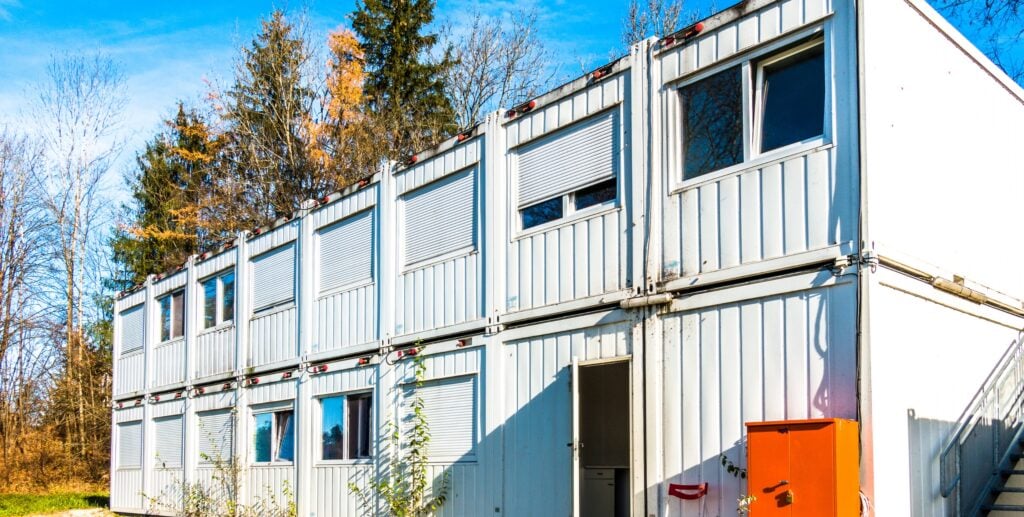Canadian housing starts are starting to lose momentum but they remain lofty. Canada Mortgage and Housing Corporation (CMHC) data shows a drop in housing starts for September. Despite the slow month, BMO notes the trend is still moving higher, especially considering the environment. The slowdown is contrary to policymaker efforts to triple new home starts, but the bank warns once again that was never a realistic goal.
Canadian New Home Construction Is Slowing Despite Efforts To Boost The Market
Canadian new housing starts remain robust but they have been losing some steam. There were 18.8k starts in the month of September, a drop of 15% from last year. The six-month trend rose 1.3% to 244k units in September, decelerating from the 1.6% in the previous report. Slowing down isn’t exactly what most would expect amidst the population boom, but starts remain well above historical averages.

Source: BMO Capital Markets.
“Canadian housing starts edged up to 224k annualized units in September, but activity continues to gradually grind softer,” explains Robert Kavcic, senior economist at BMO.
Further adding, “The 12-month average for new starts has turned down again to sit at 244k. Historically, this is hardly a weak level of activity—in fact, it is quite strong—but it’s a long way from tripling the rate of new supply growth (spoiler: that was never going to happen).”
Canadian Developers Can’t Lower Prices, Buyers Can’t Afford Homes
Building fewer homes during a population surge is odd, but it all boils down to demand. Demand for units has been weak at this price point, and developers are having a hard time lowering their costs in this environment. Rising interest rates, soaring material costs, and lofty development fees are just a few of the factors working against offering lower prices.
“Market conditions are making it tough for builders, with higher borrowing costs and, importantly, the disappearance of investors that are often leaned on to bring projects to the construction phase,” notes Kavcic.
Investors represent upwards of 70% of pre-construction demand in major cities. This buyer demographic, with access to significant leverage, helped to drive prices much higher by outbidding end-users. Now that these investments aren’t printing money as quickly as they once were, it’s become a less attractive option. Unfortunately those end-users still can’t afford to jump into the market.
Despite slowing against policy promises to boost housing starts, Canada is building more than usual. “Note that the 12-month average for multi-unit starts has clearly peaked and has been trending at around 180k since the tightening cycle began (with support from purpose-built rentals as investor/owner demand has faded),” said Kavcic.
“All in, there’s no upward push in new supply but, considering the magnitude of this tightening cycle, it’s encouraging that this sector hasn’t broken even harder.”
It’s worth noting the surprisingly lofty starts during a downturn aren’t an accident. The government has put taxpayer cash where their mouth is, incentivizing continued development with everything from state-backed multi-generational development loans to modifying the originally announcement of high-ratio, extended repayment for first-time buyers to include investors. The push to adopt these market inefficiencies is ironically a major driver of higher construction costs. This places a medium-term drag on supply, at the expense of preventing price declines. Though that’s probably not an accident.



















 English (US) ·
English (US) ·